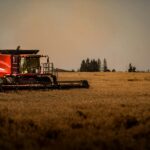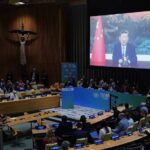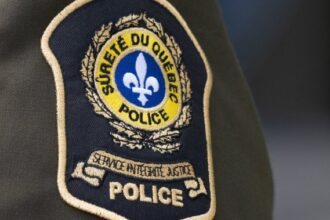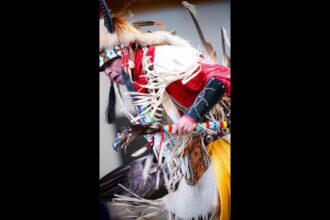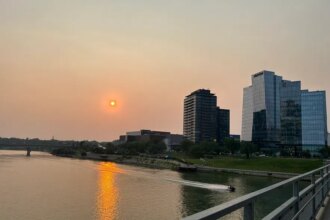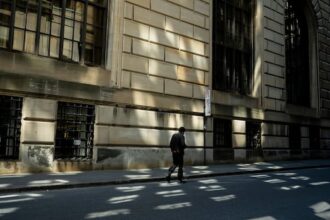The morning sun filters through classroom windows as Regina elementary students gather in a circle, their voices rising in a traditional Cree song. This isn’t just another school activity—it’s part of a profound educational journey at Mother Teresa School, where reconciliation has moved beyond textbooks into living practice.
“We’re not just teaching about Indigenous culture, we’re living it alongside our students,” explains Principal Sharlene Holliday, whose school has embraced truth and reconciliation education with remarkable dedication. “These children are growing up understanding history and heritage in ways previous generations never had the opportunity to experience.”
The school’s approach represents a significant shift in how Canadian educational institutions address the painful legacy of residential schools and colonial policies. Rather than treating Indigenous perspectives as supplementary curriculum, Mother Teresa School has woven them into the very fabric of daily learning.
Last month, students participated in a school-wide sharing circle where elders from local Indigenous communities shared stories and traditional teachings. Grade 4 student Emily Chen recalls the experience with enthusiasm: “We learned about the medicine wheel and how everything is connected. It made me think differently about how I see the world around me.”
The school’s journey toward meaningful reconciliation began five years ago when staff undertook comprehensive professional development to understand the Truth and Reconciliation Commission’s calls to action for education. What started as occasional cultural events has evolved into an integrated approach affecting everything from morning announcements to math lessons.
Teachers incorporate Indigenous knowledge across subjects—studying traditional plant use in science classes, exploring Indigenous economics in social studies, and reading works by Indigenous authors in language arts. These efforts align with recommendations from educational experts who emphasize that reconciliation education must be embedded throughout the curriculum rather than isolated in specific units.
“The challenge many schools face is treating Indigenous content as an add-on,” notes Dr. Marie Wilson, educational consultant and Indigenous education advocate. “What’s remarkable about Mother Teresa’s approach is how naturally these perspectives are integrated into everyday learning.”
Parents have observed profound changes in their children’s understanding and attitudes. Michael Running Bird, whose daughter attends grade three, shares: “When I was in school, there was shame associated with our traditions. Now my daughter comes home explaining our cultural practices with pride and teaching them to her younger siblings.”
The school’s impact extends beyond its walls. Students have presented their reconciliation projects at community events, educating adults about residential school history and Indigenous contributions to Canadian society. Last year, their “Walking Together” art installation at Regina City Hall drew hundreds of visitors and sparked important conversations about reconciliation.
While significant progress has been made, educators acknowledge that true reconciliation is an ongoing journey requiring continuous learning and adaptation. The school regularly consults with Indigenous knowledge keepers and community members to ensure their approach remains respectful and authentic.
“This work isn’t always comfortable,” admits Grade 6 teacher Priya Sharma. “There are difficult conversations and moments of reckoning with painful history. But seeing how naturally our students embrace diverse perspectives gives me tremendous hope for the future.”
As Canada continues to grapple with its colonial past, schools like Mother Teresa demonstrate how education can become a powerful vehicle for healing and understanding. Their example raises an essential question for communities across the country: How might we all contribute to creating a future where reconciliation isn’t just taught but lived in our daily actions and relationships?


